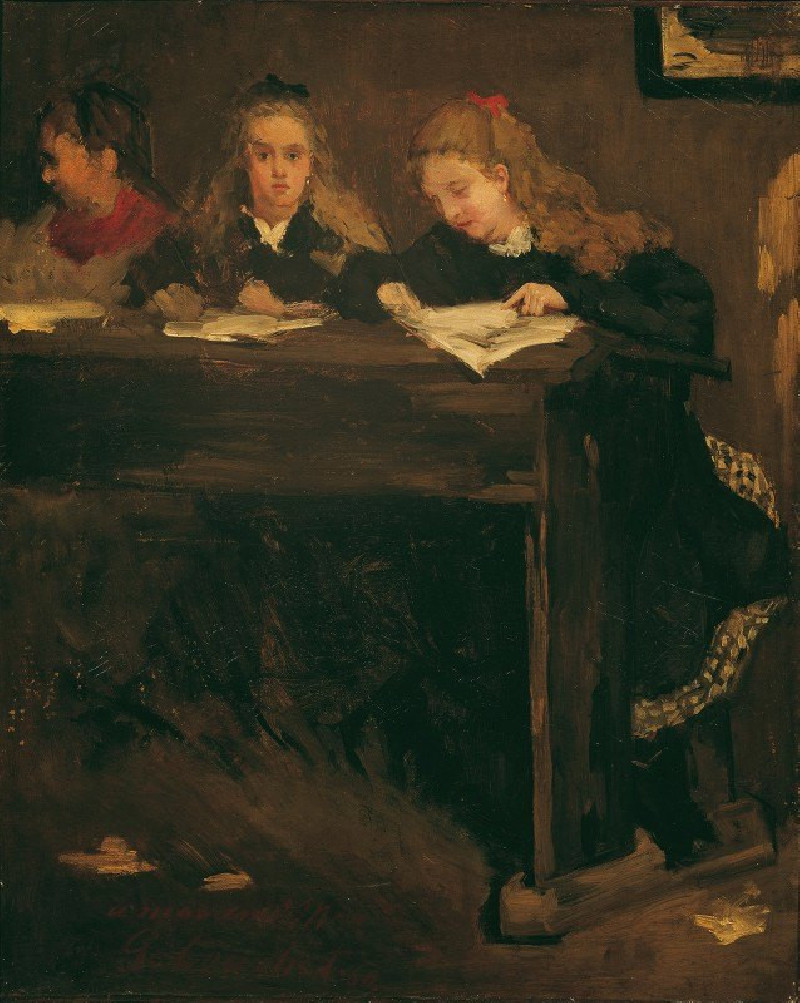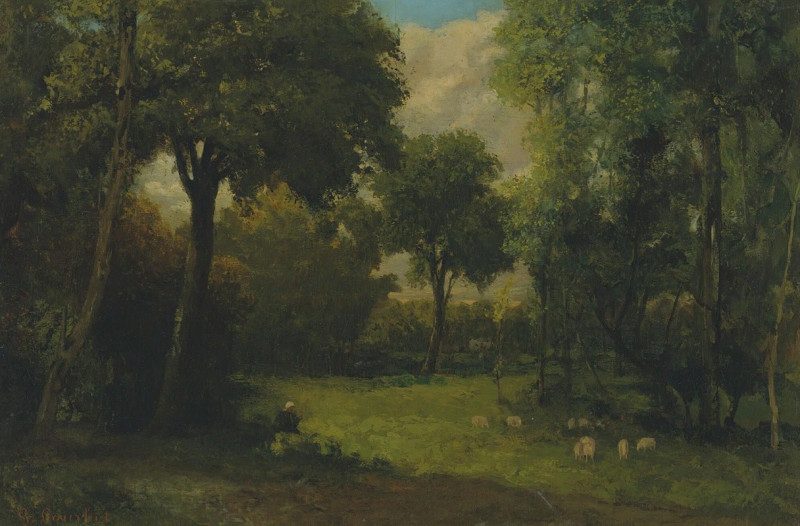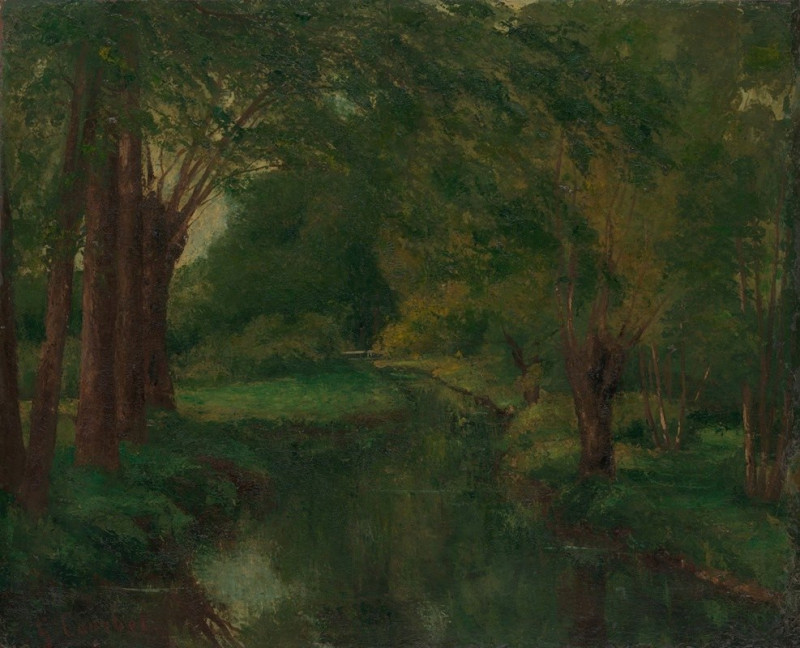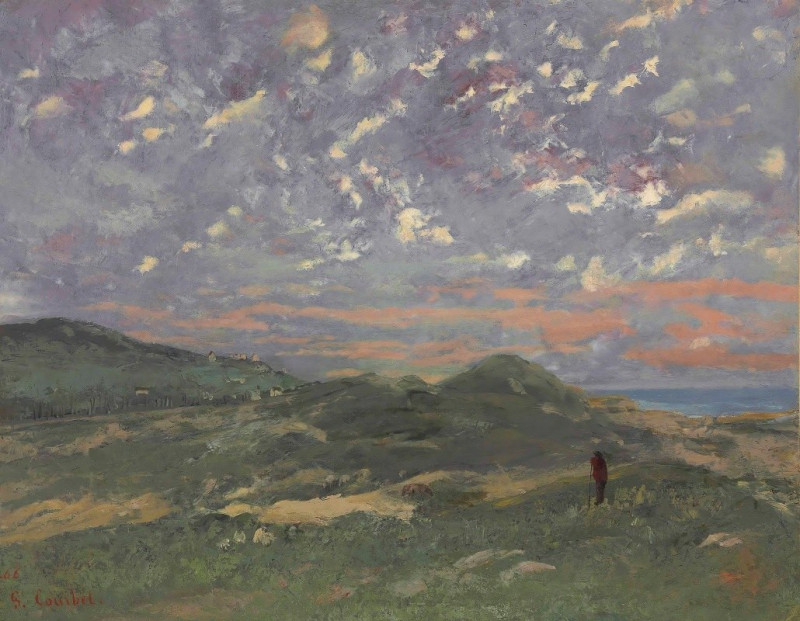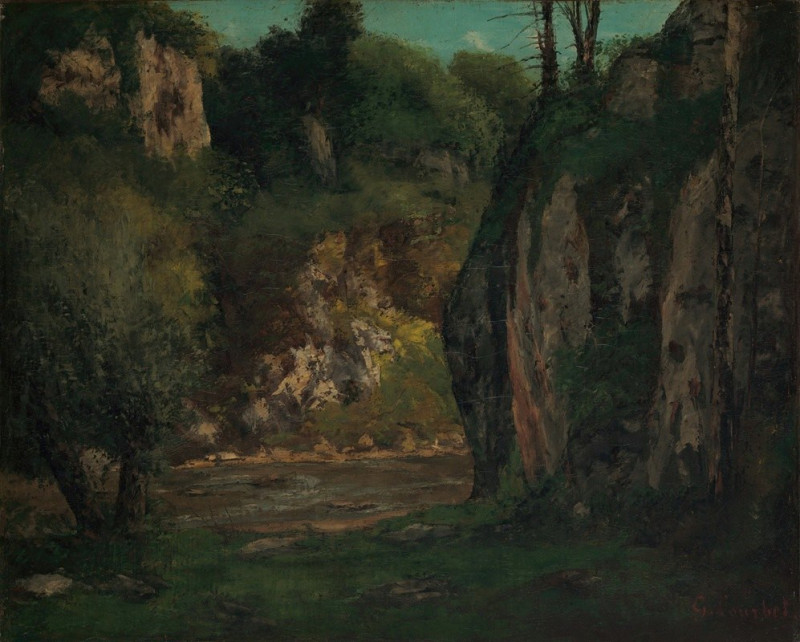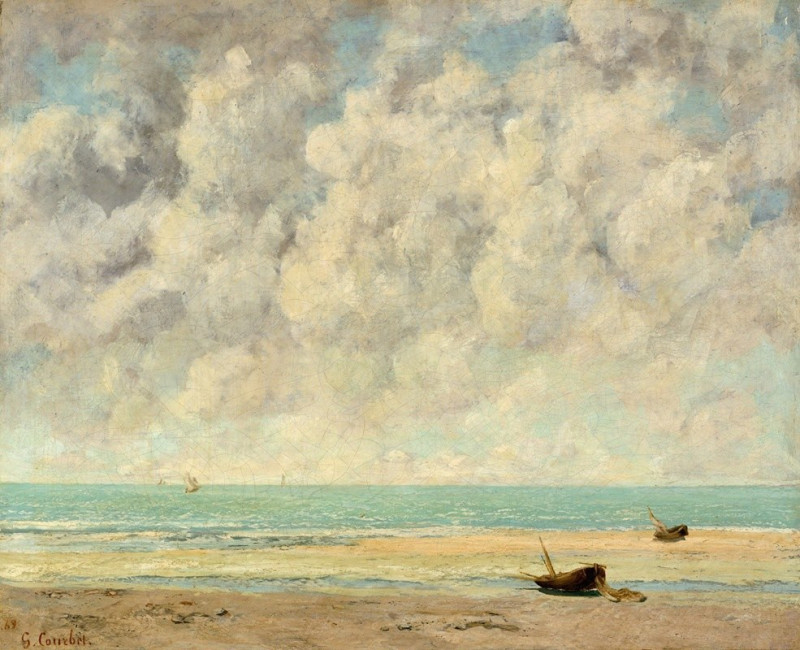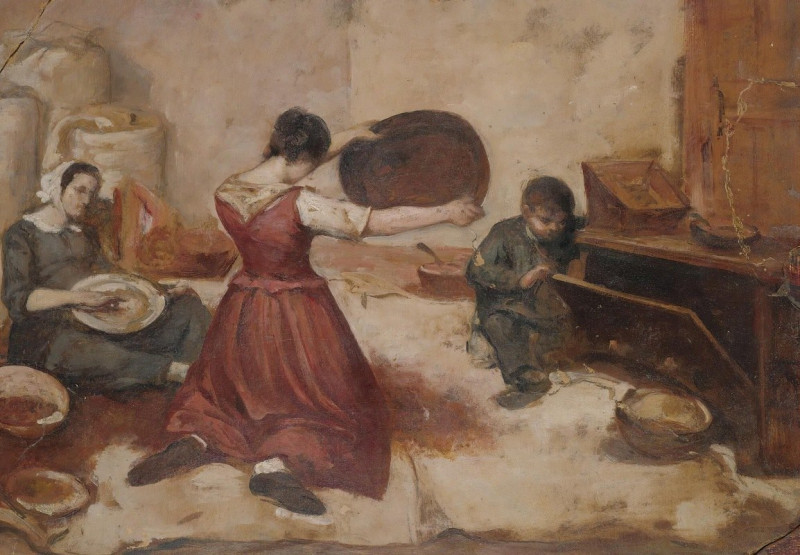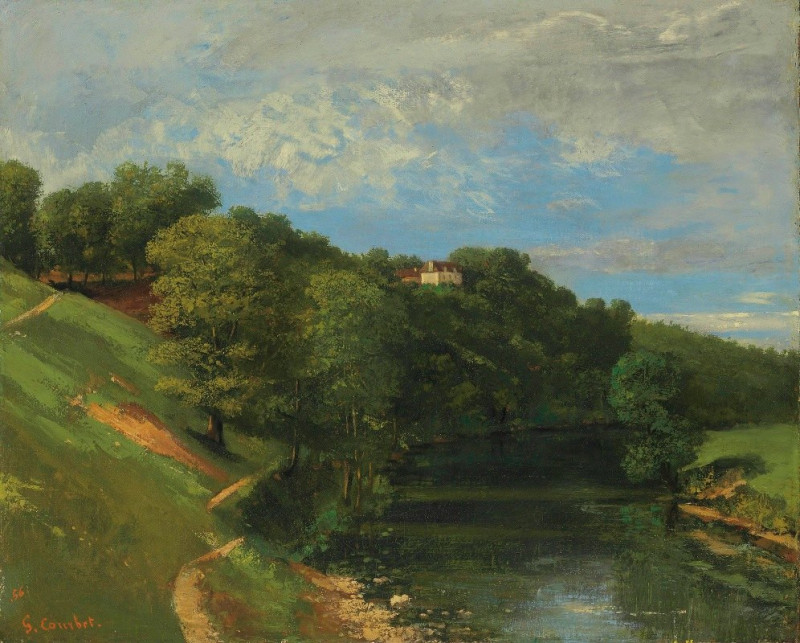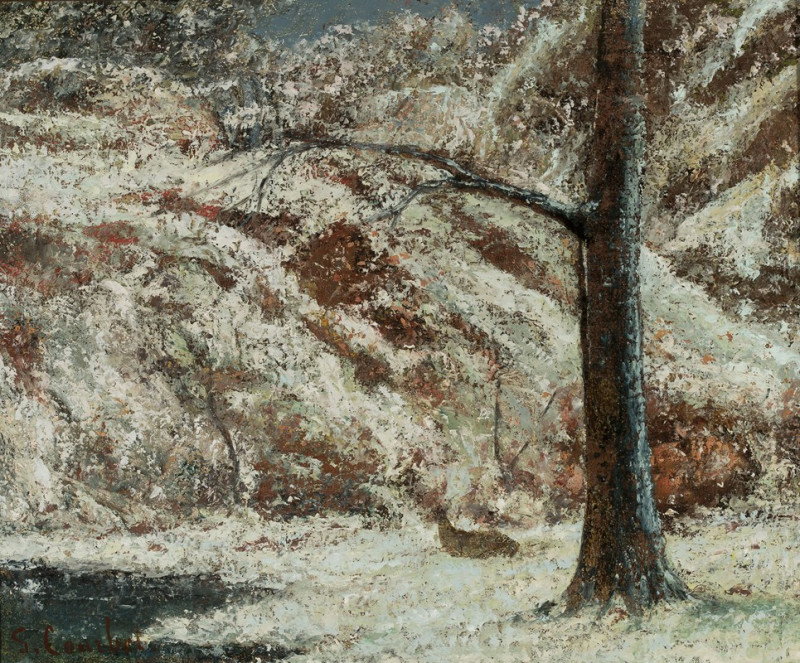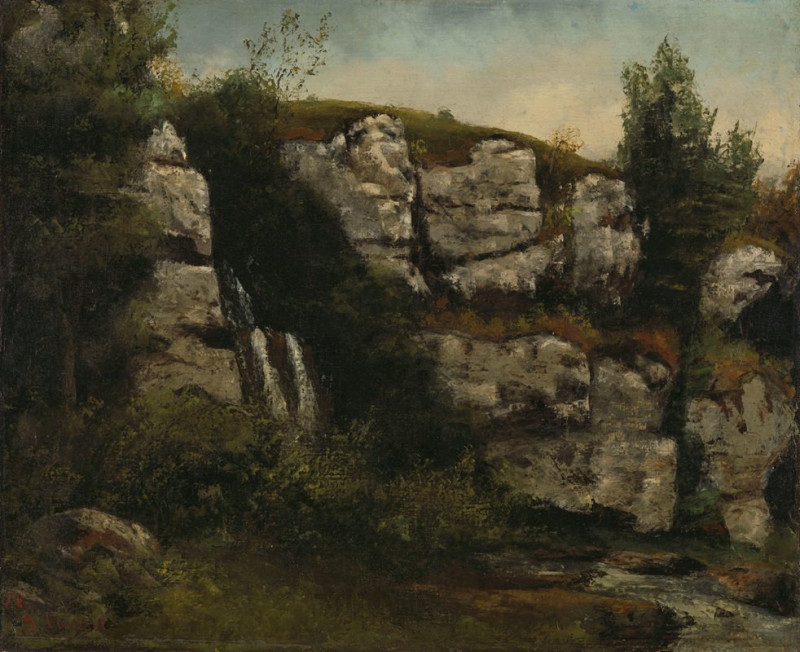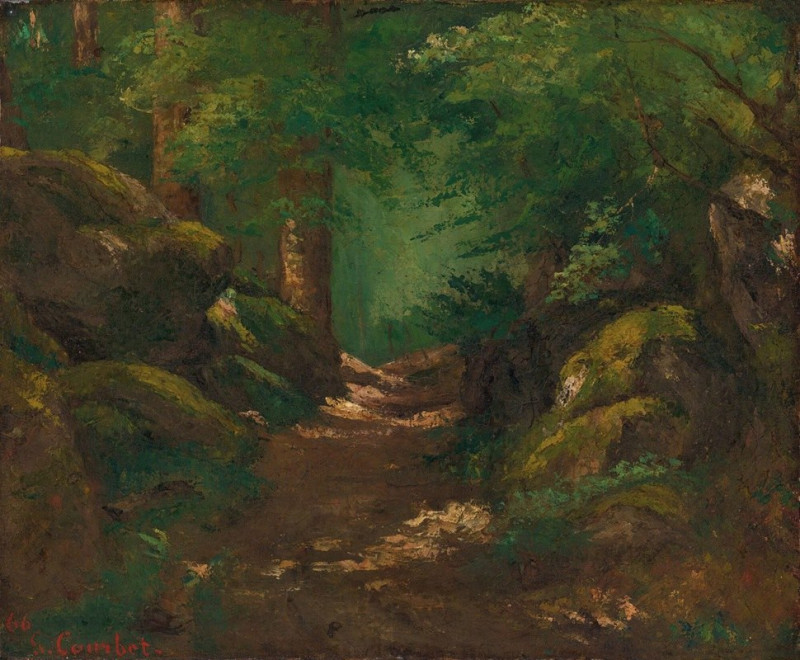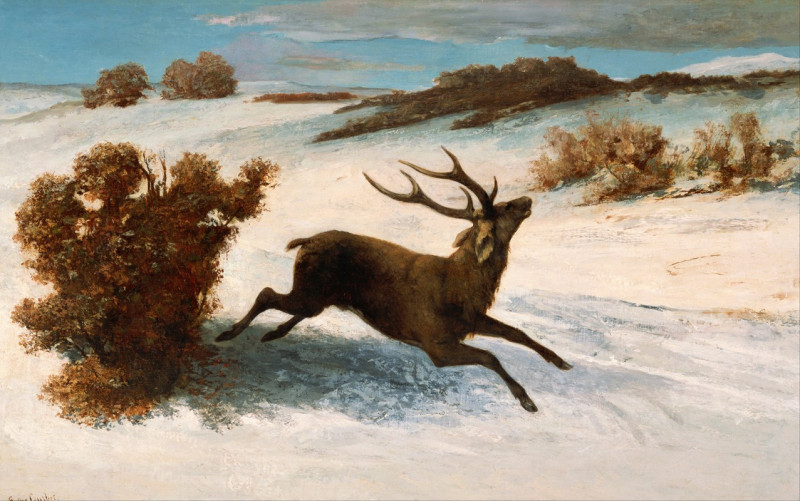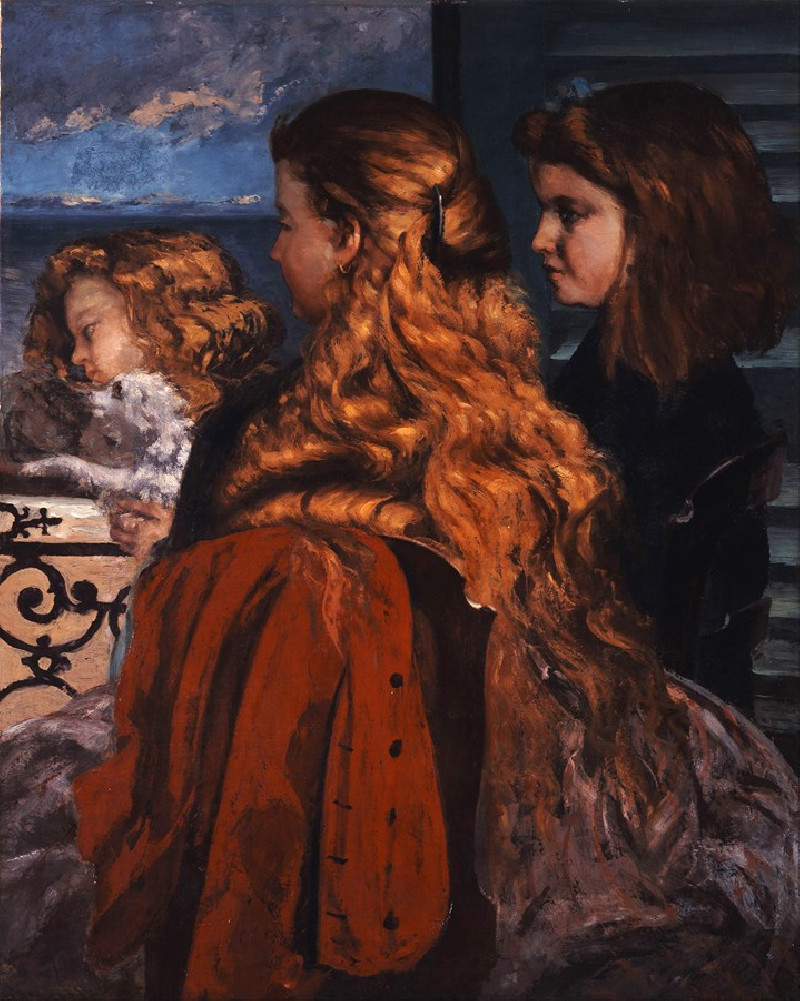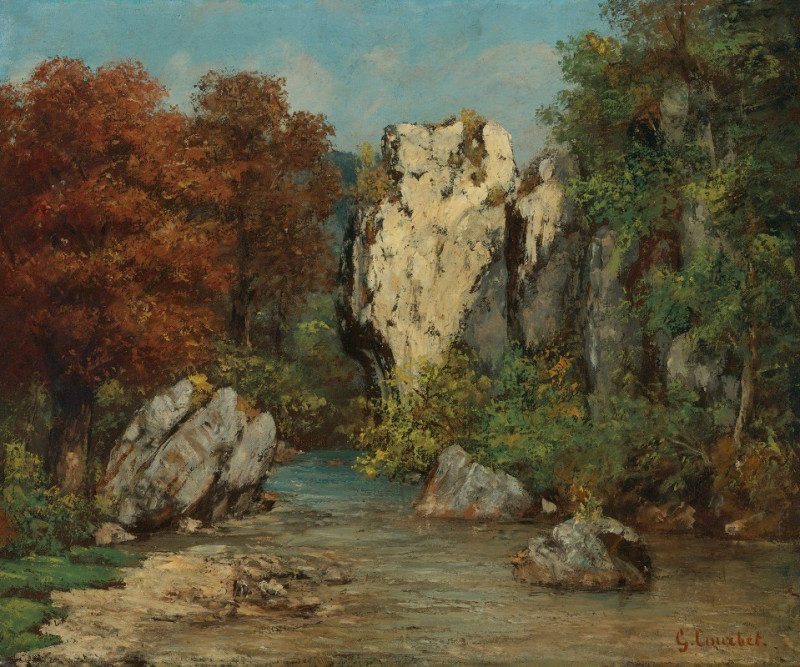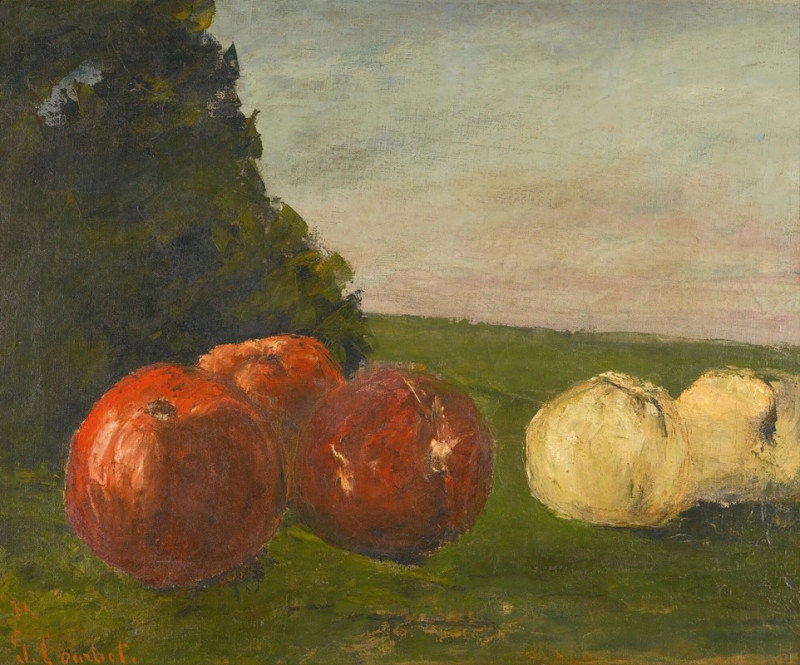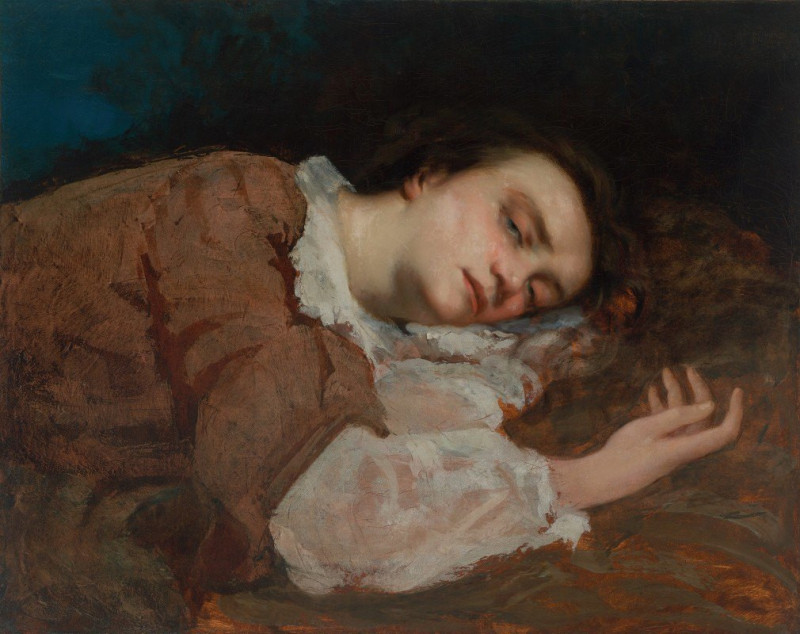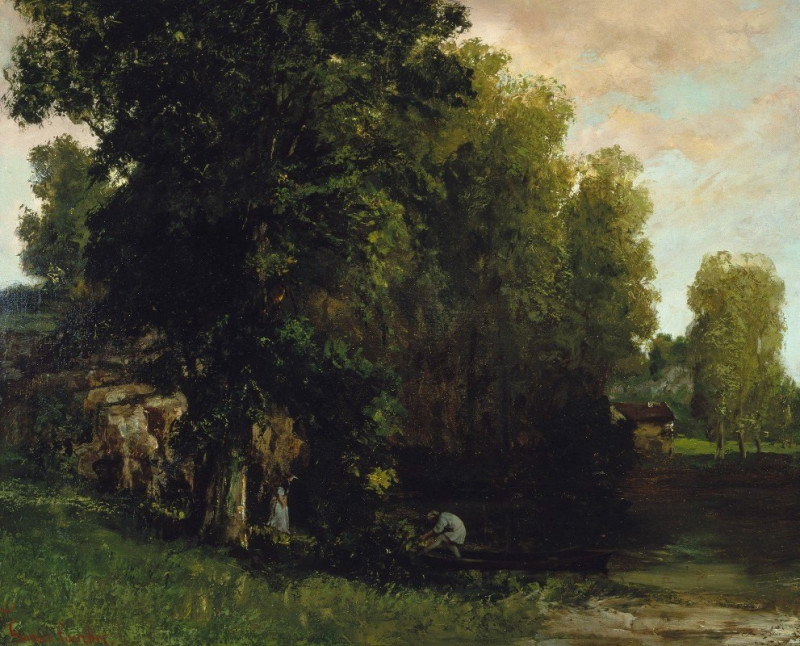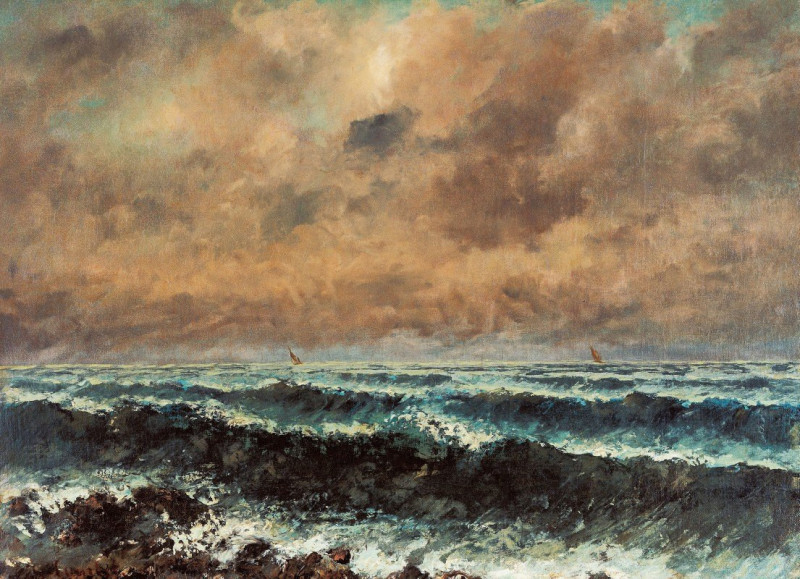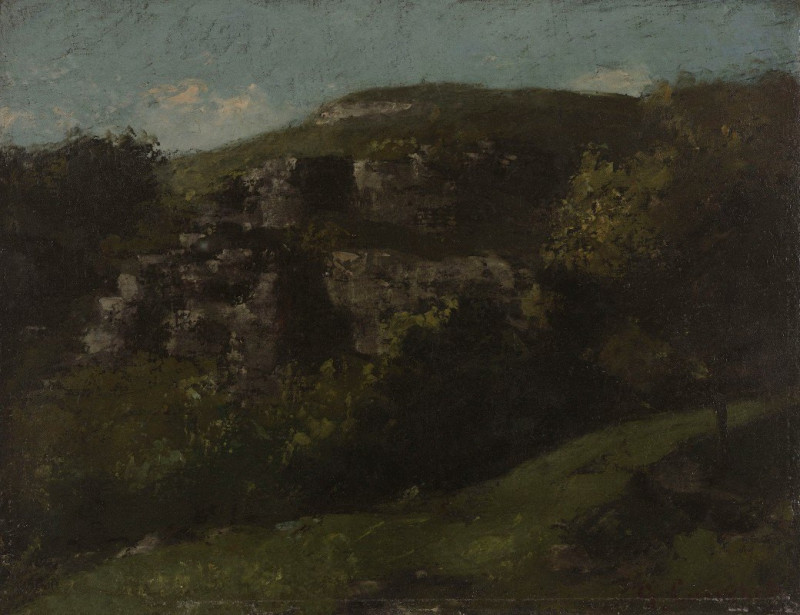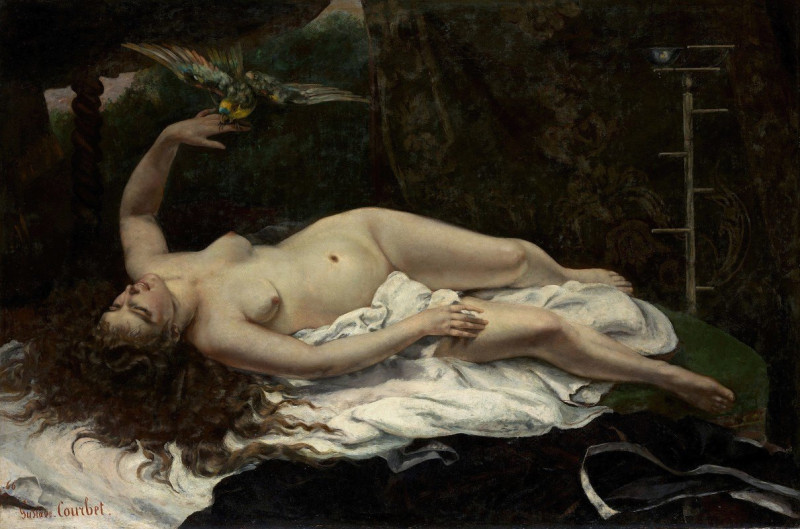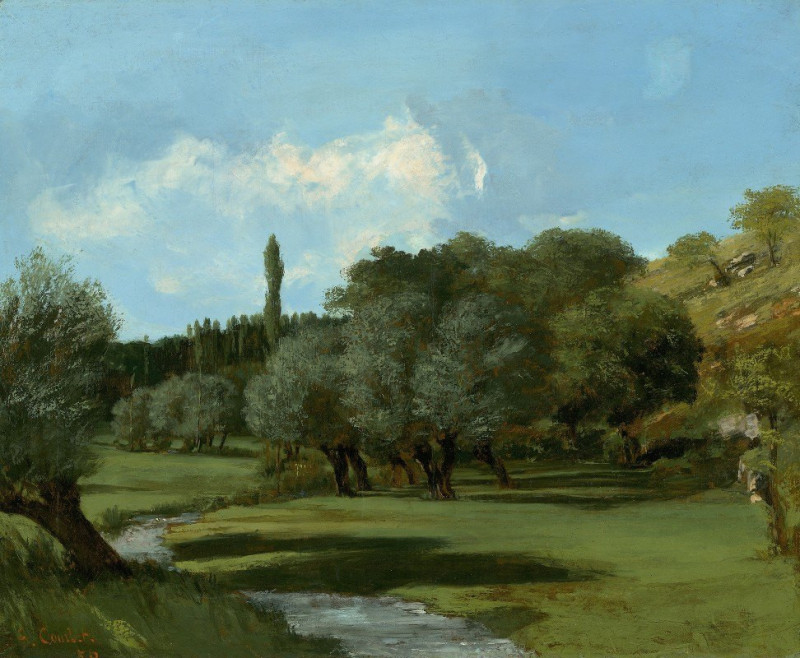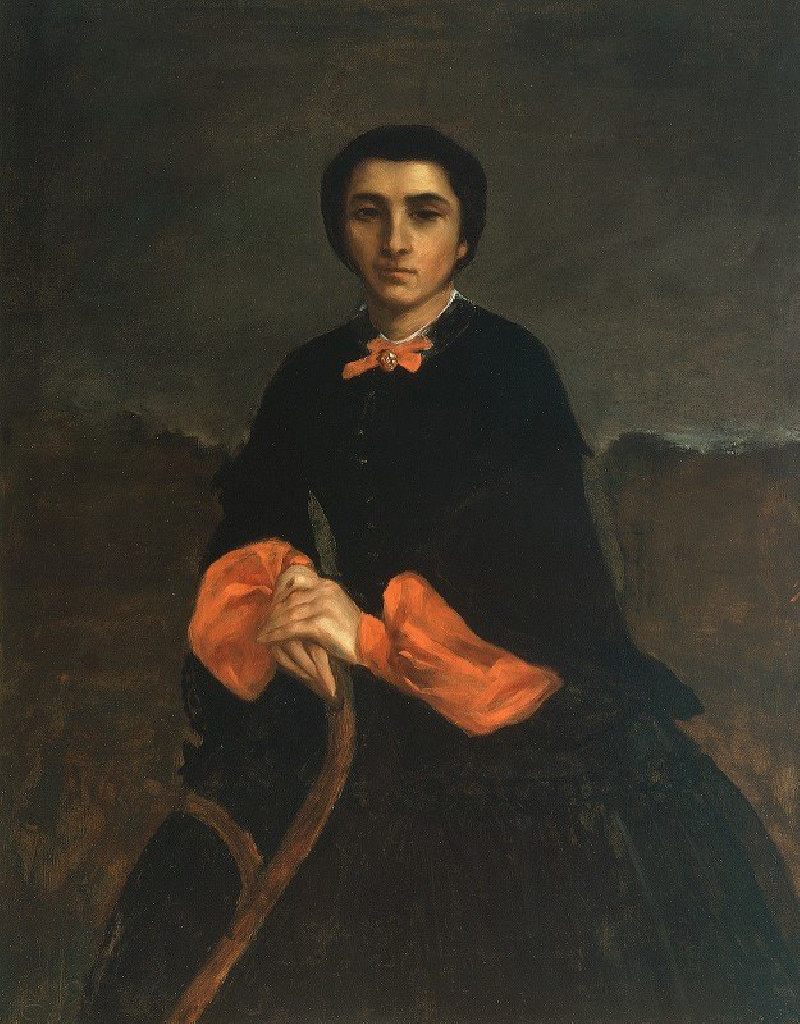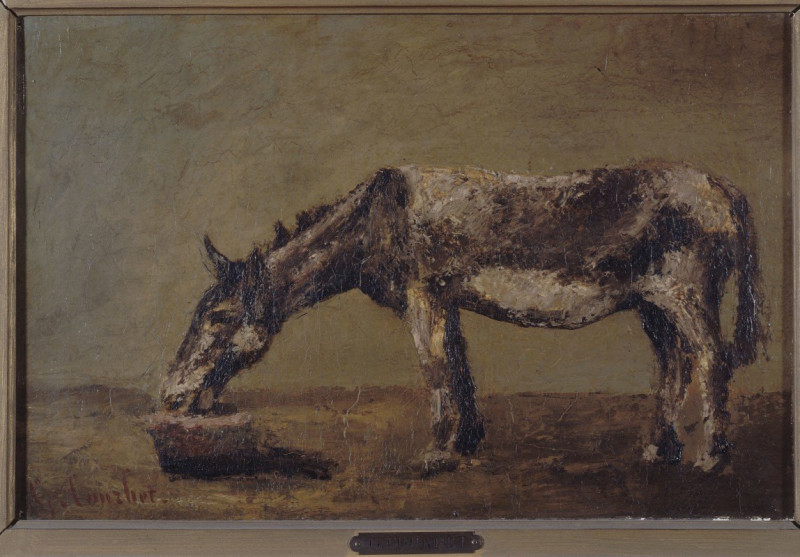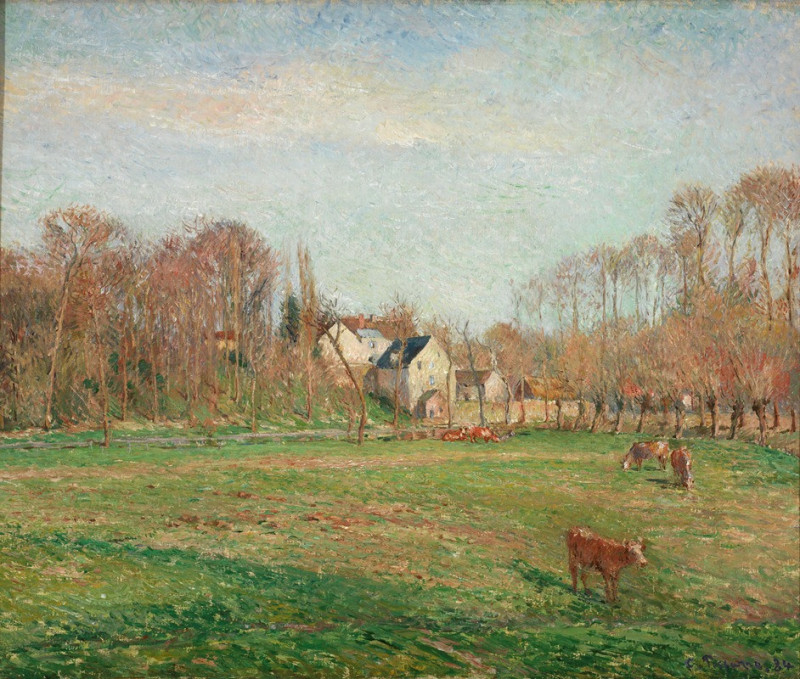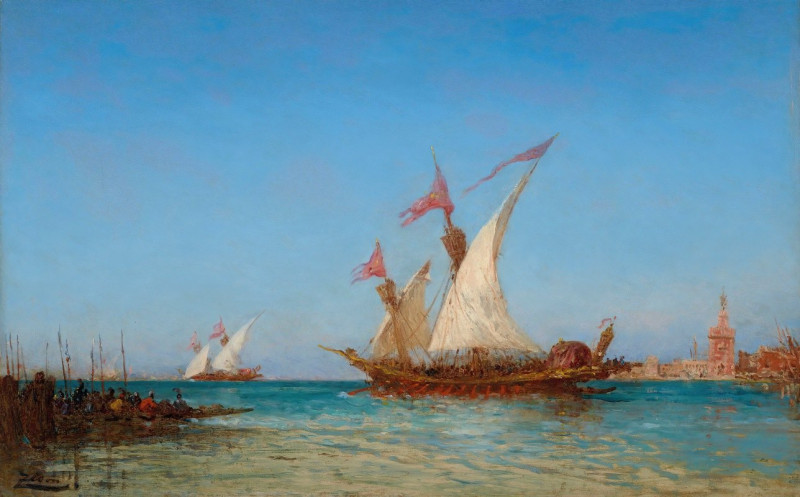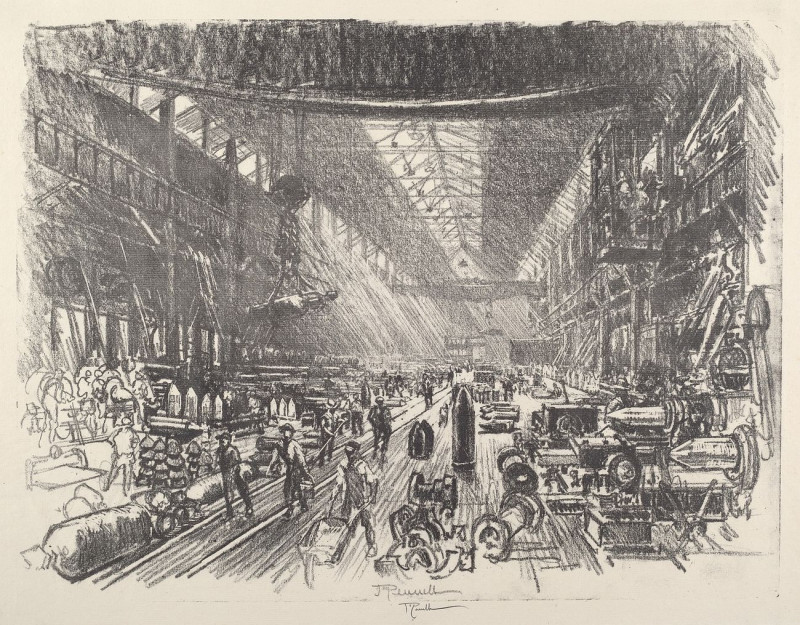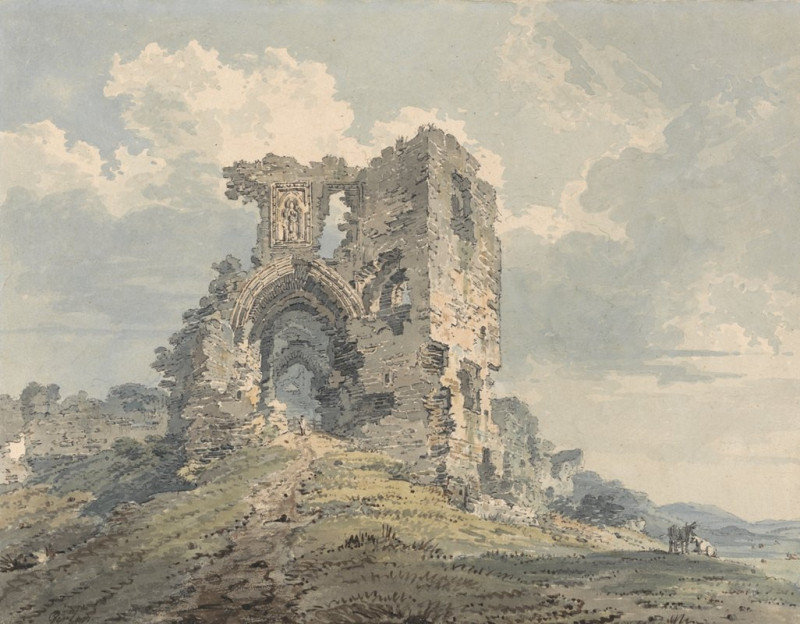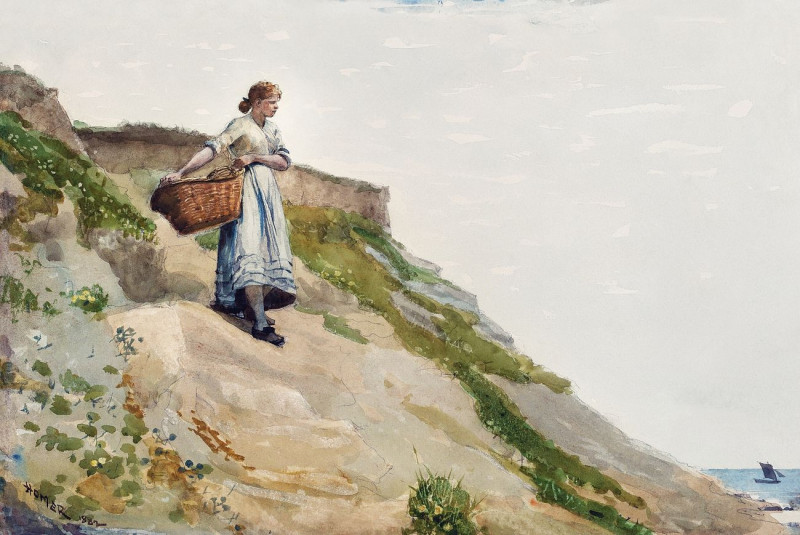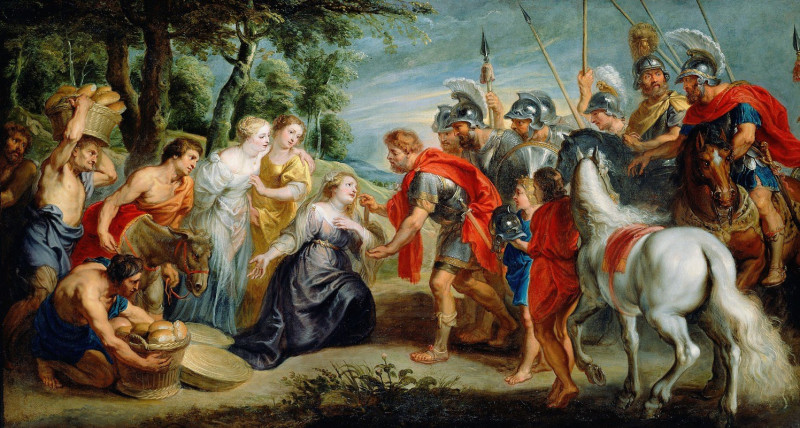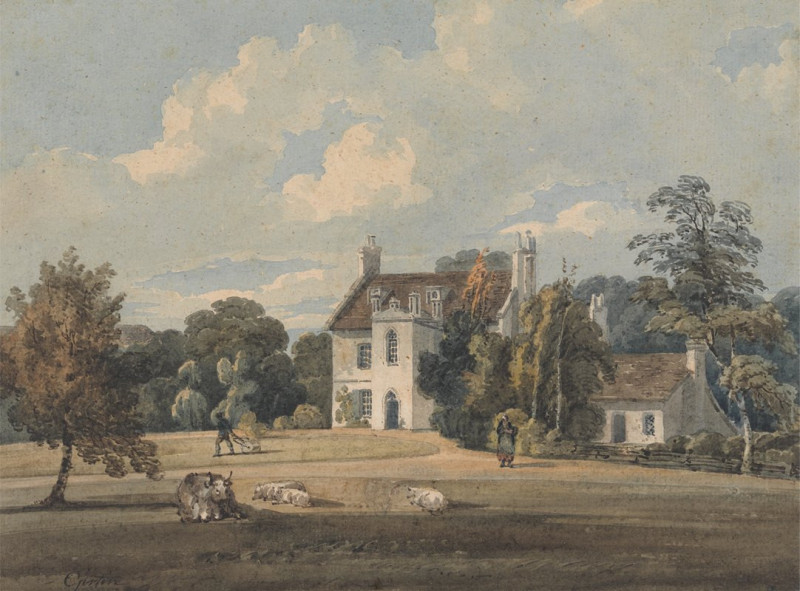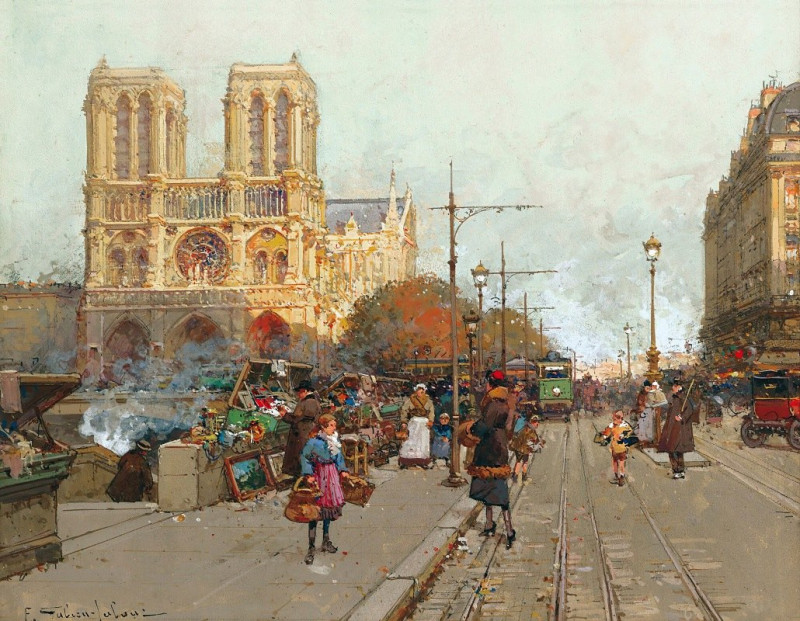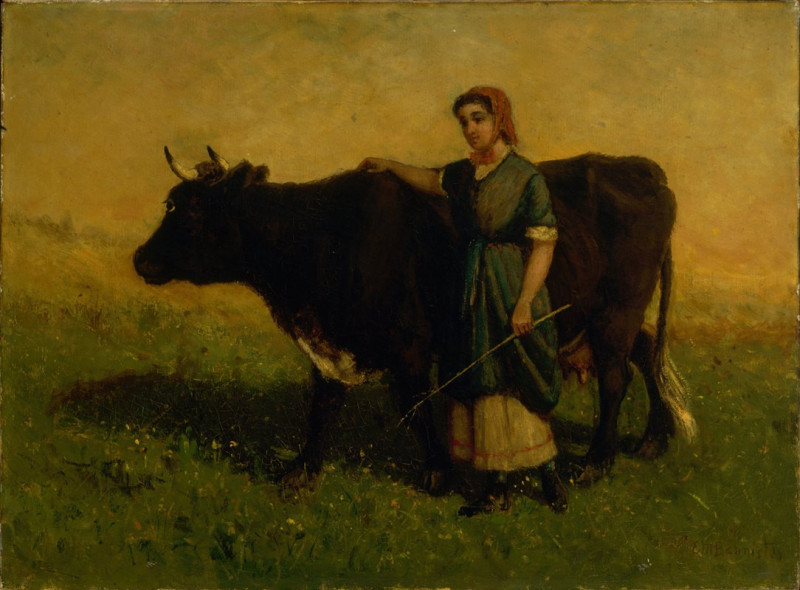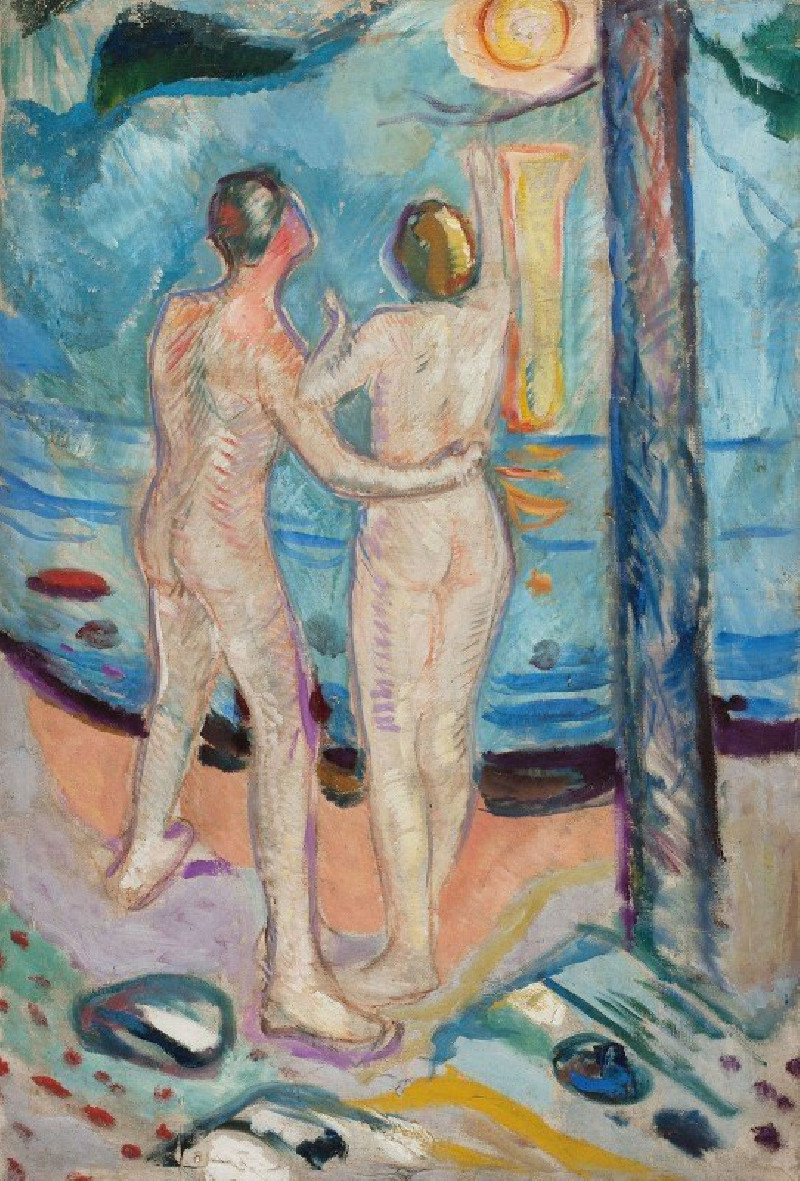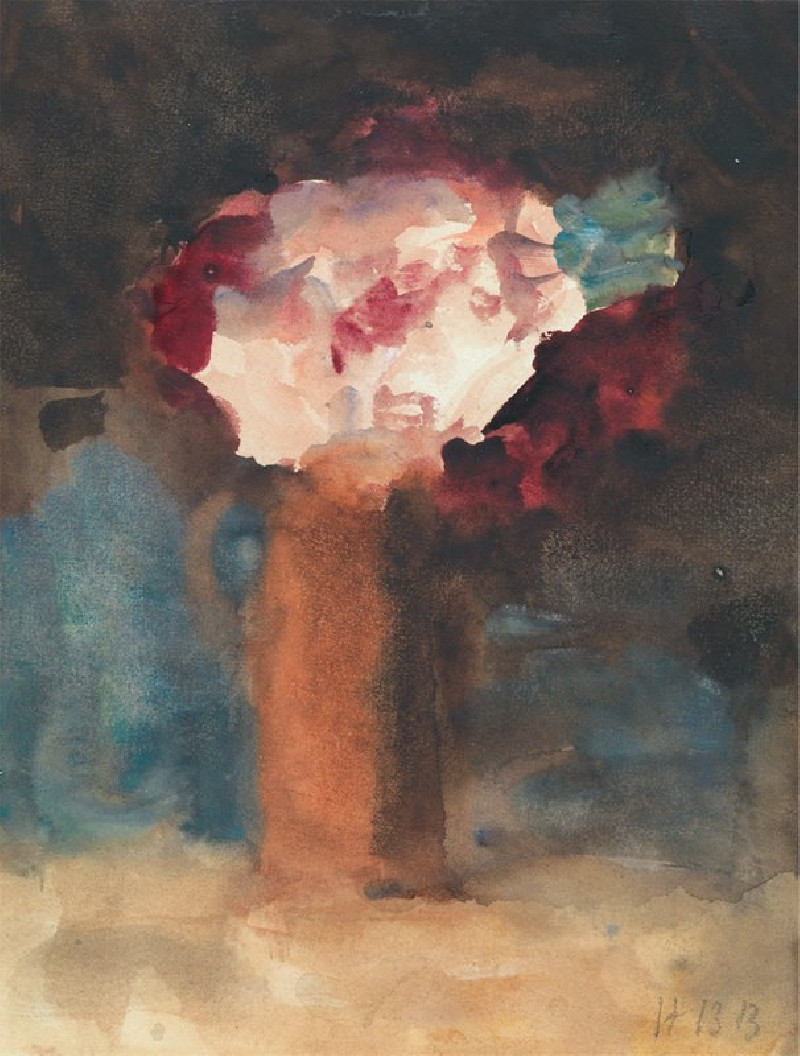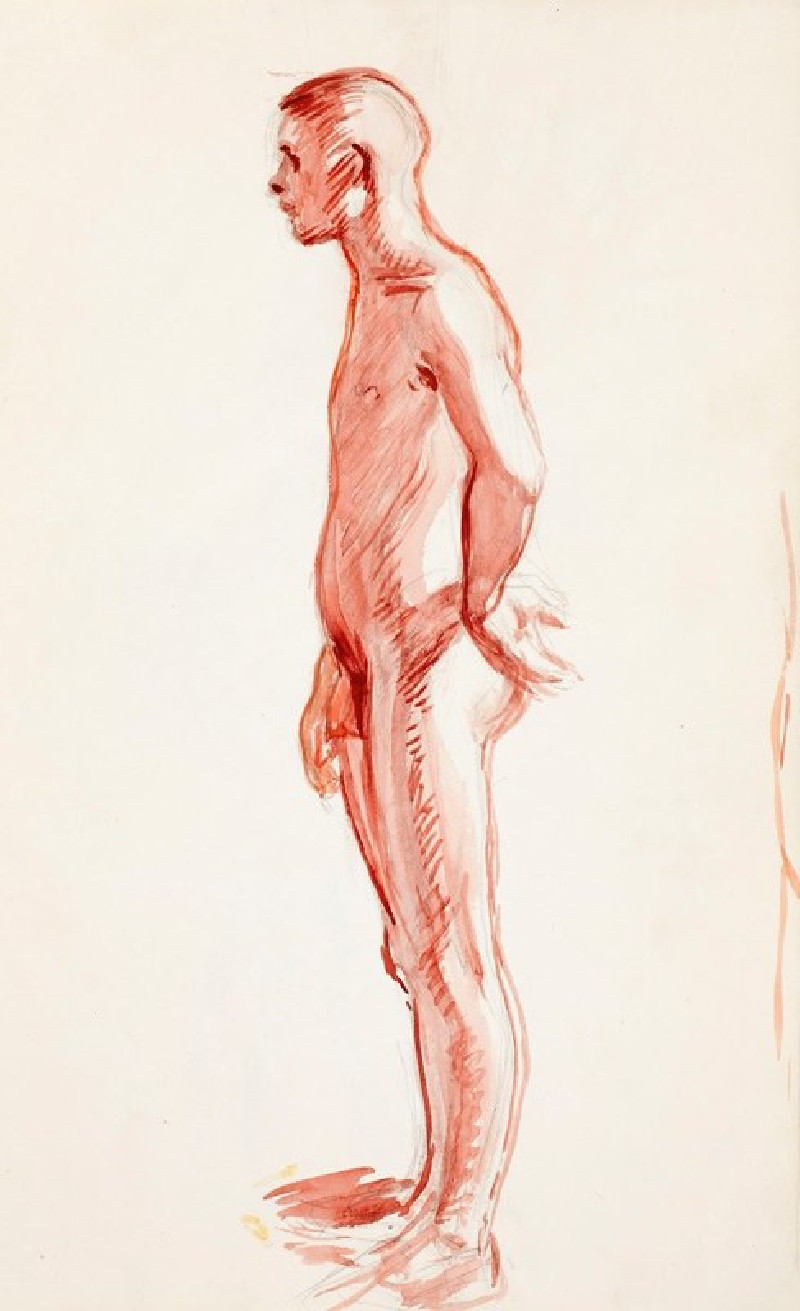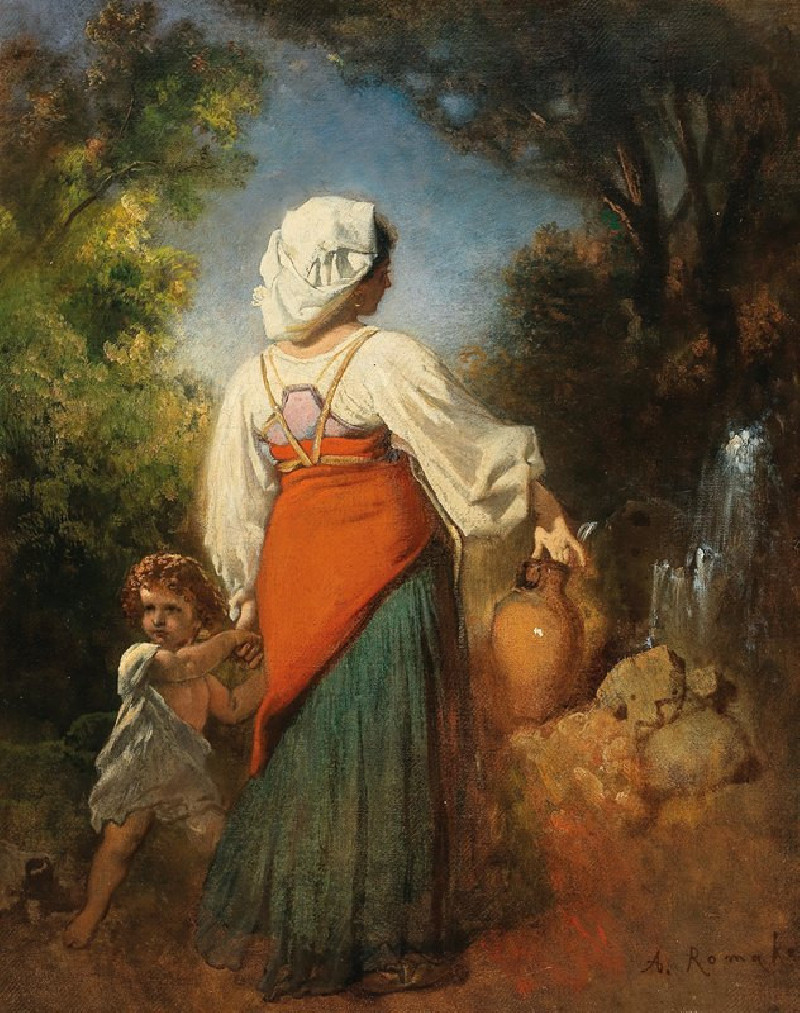Der Verwundete (1866)
Technique: Giclée quality print
Recommended by our customers
More about this artwork
Gustave Courbet's striking painting, titled "Der Verwundete" (The Wounded Man), dating back to 1866, compellingly captures a moment steeped in introspection and quiet intensity. This artwork presents a portrait of a seemingly injured man, cast against a somber, darkly toned backdrop that subtly blends into a gentle landscape visible in the distance.The focal character of the painting, a male figure with a contemplative countenance, reclines with his eyes closed, possibly in a state between consciousness and slumber. Adding to the poignancy of the scene is what appears to be a blood stain near his heart on his white shirt, hinting at a physical wound. His attire, a simple yet disheveled shirt partly covered by a dark coat, along with his relaxed posture, imbues the painting with a tangible sense of vulnerability and human frailty.The choice of dark, earthy colors by Courbet emphasizes the somber mood and draws the viewer’s attention to the serene yet sorrowful facial expression of the man. The background, featuring a faint outline of trees against a twilight sky, provides a contrast that further enhances the emotional gravity of the tableau."Der Verwundete" exemplifies Courbet's mastery in portraying human emotions and the realism movement’s focus on authentic, often raw depictions of life and its various states.
Delivery
Returns
Jean Désiré Gustave Courbet (10 June 1819 – 31 December 1877) was a French painter who led the Realism movement in 19th-century French painting. Committed to painting only what he could see, he rejected academic convention and the Romanticism of the previous generation of visual artists. His independence set an example that was important to later artists, such as the Impressionists and the Cubists. Courbet occupies an important place in 19th-century French painting as an innovator and as an artist willing to make bold social statements through his work.




